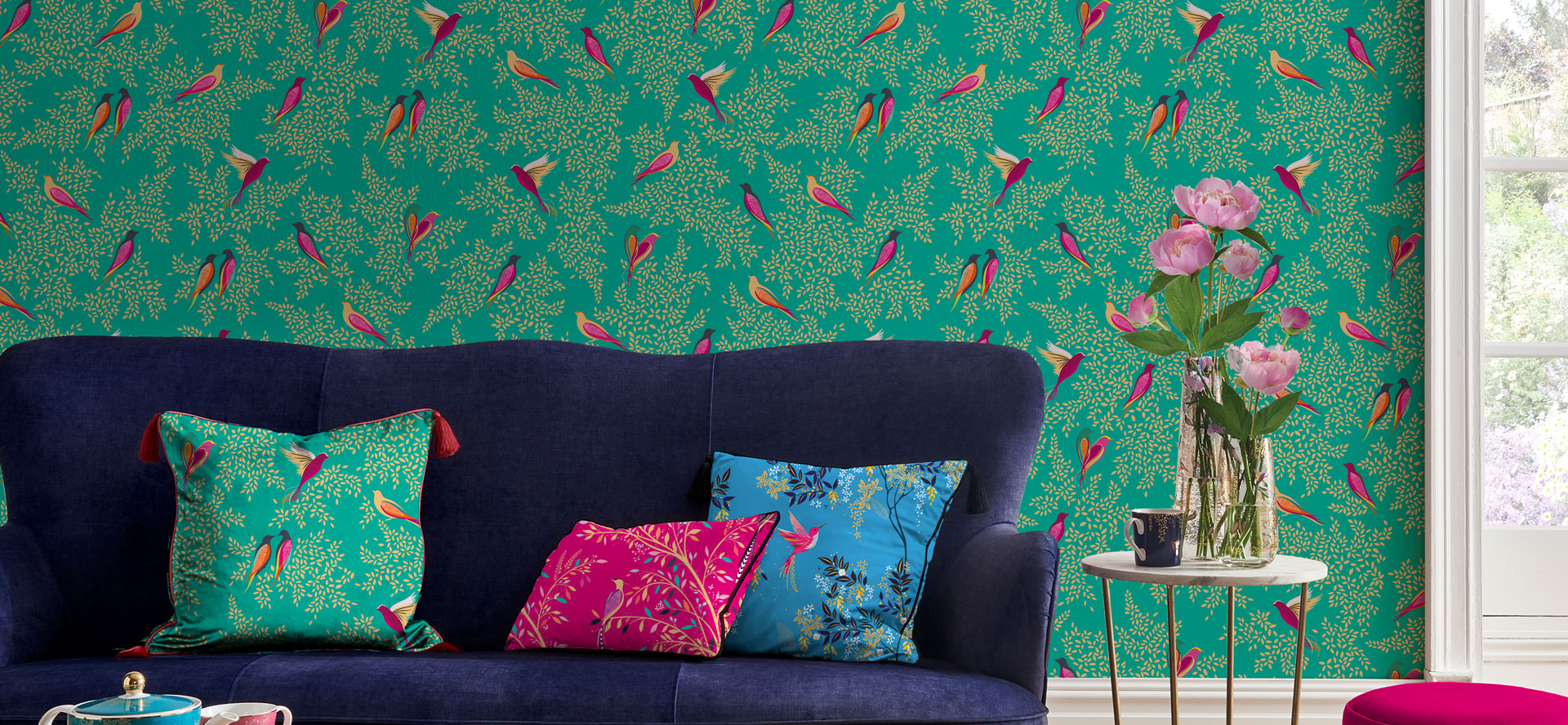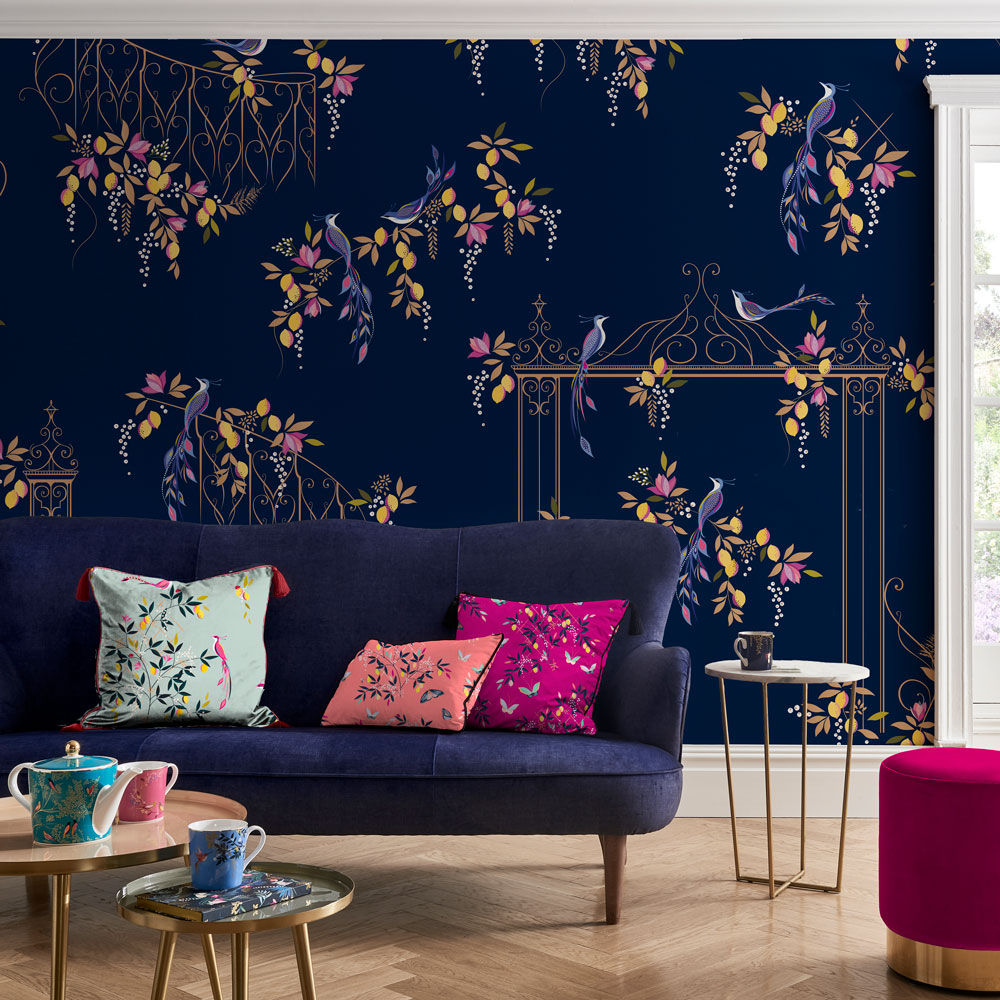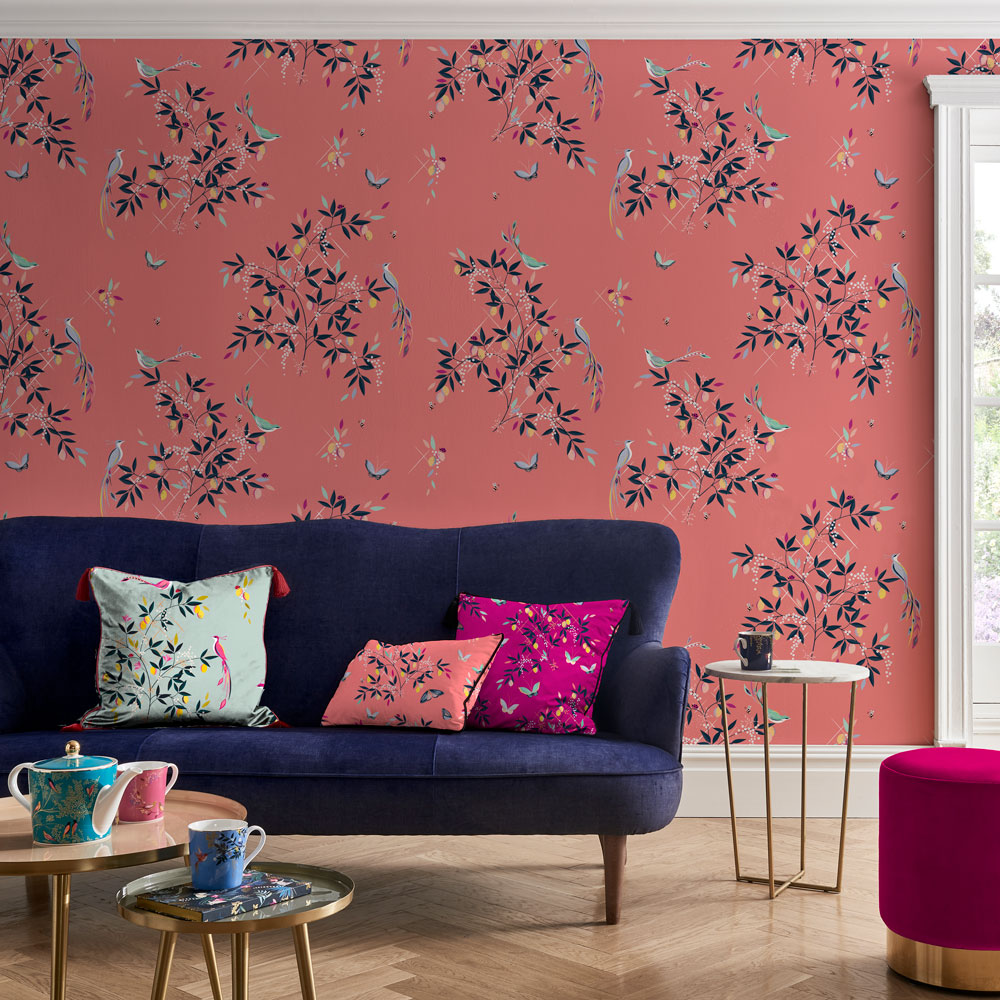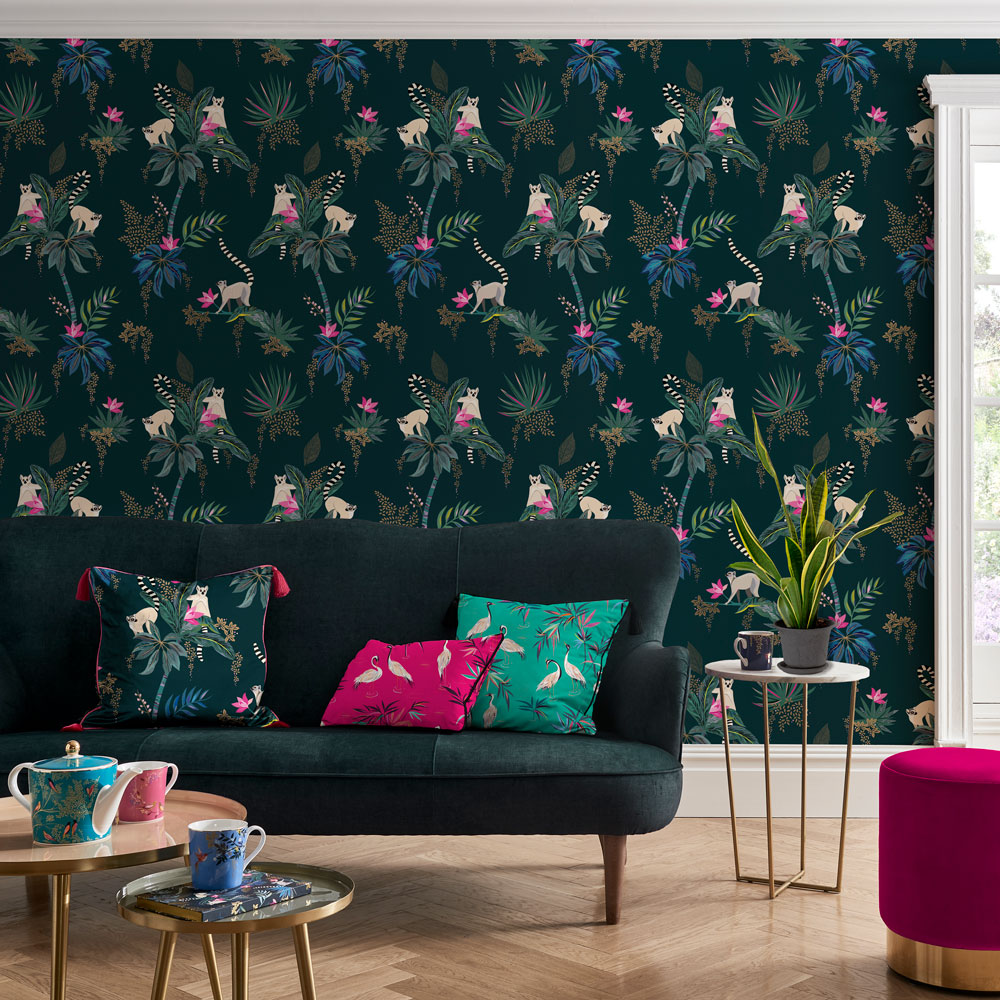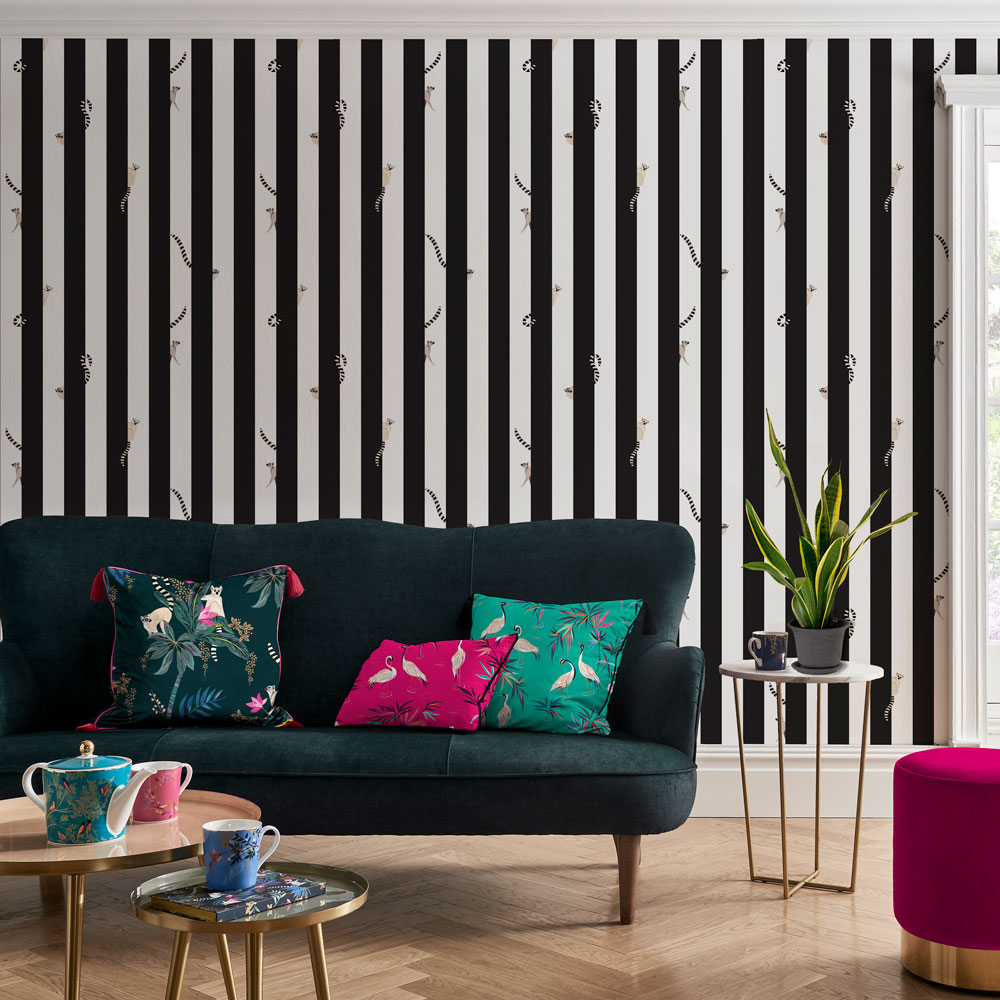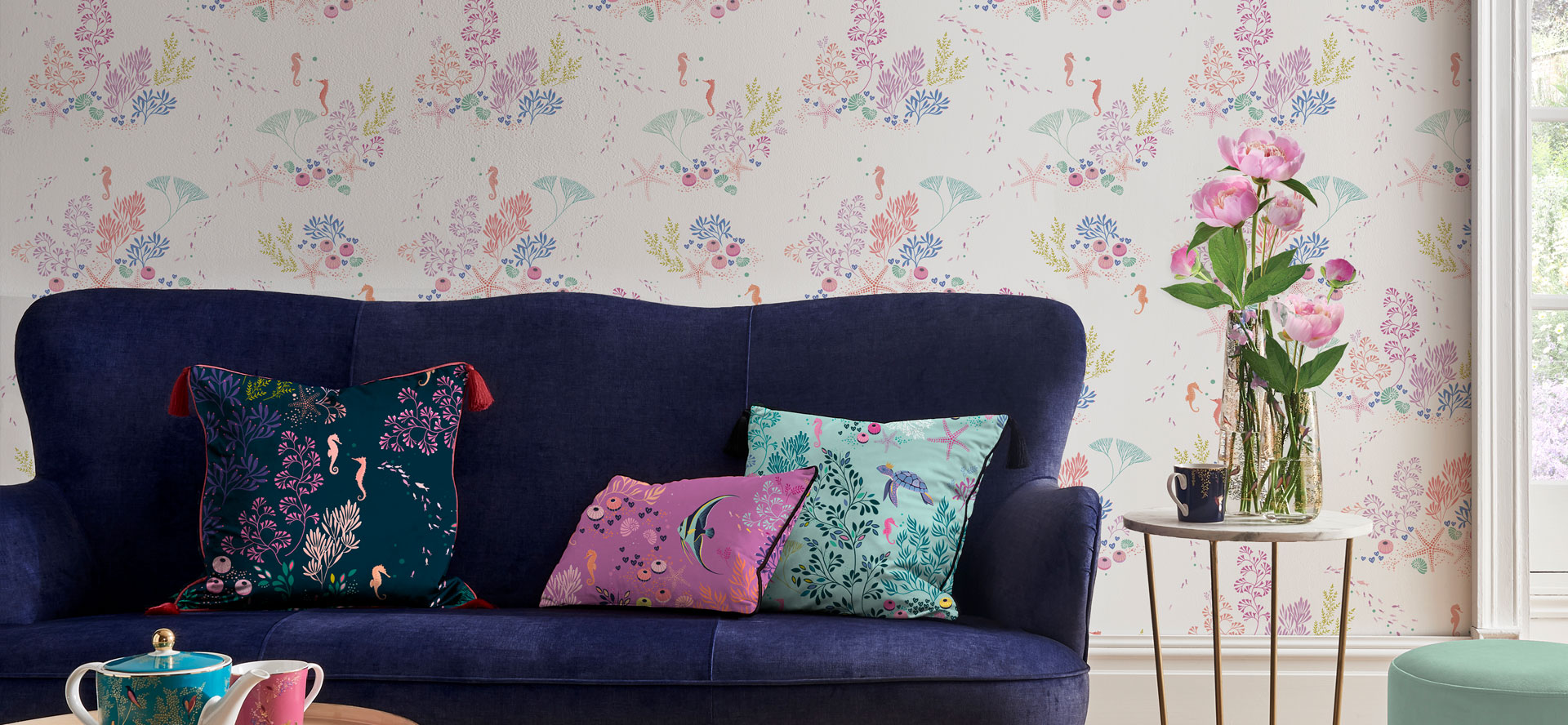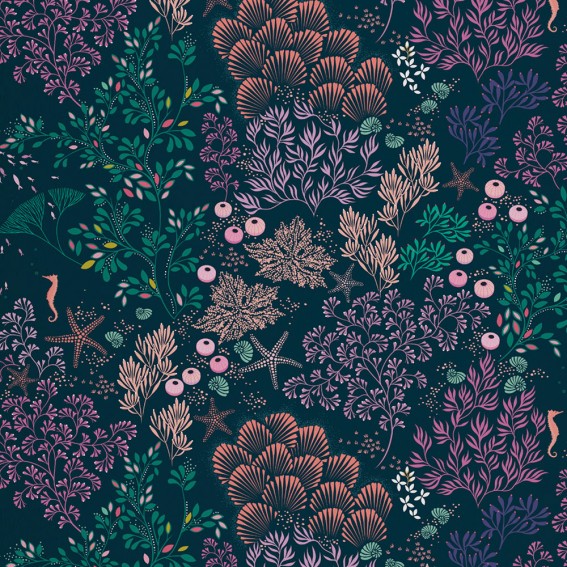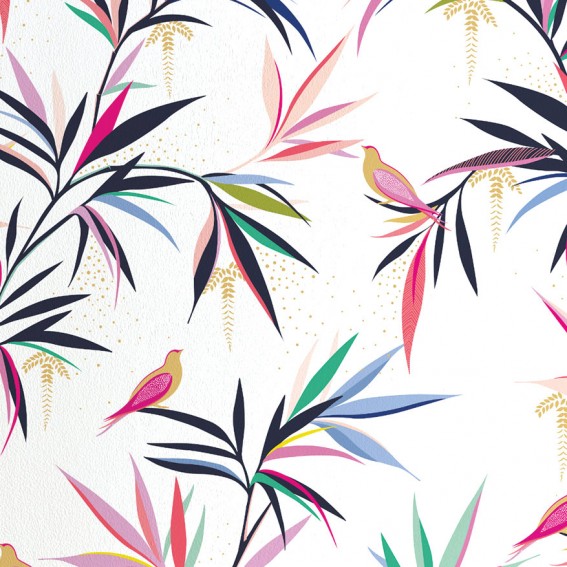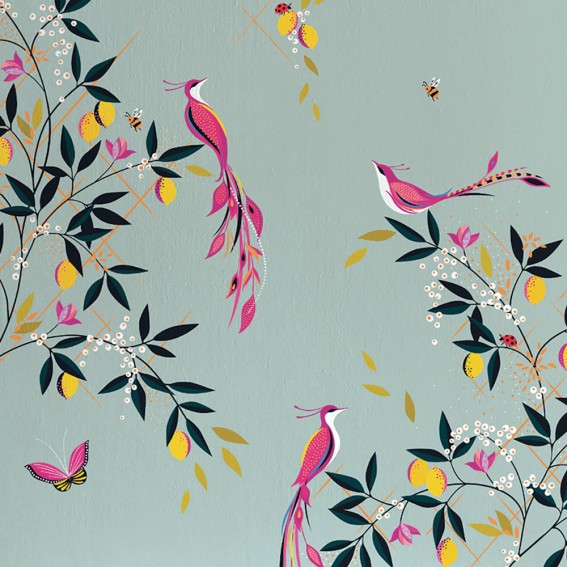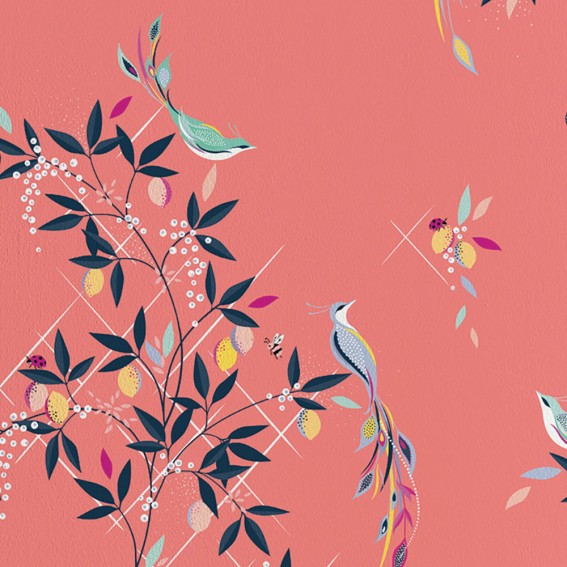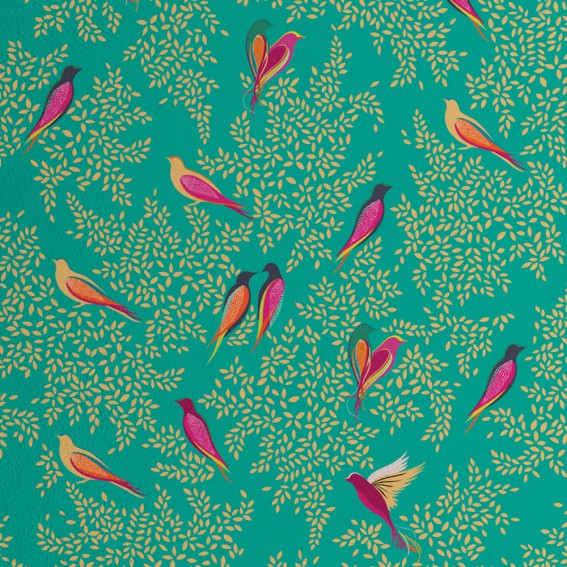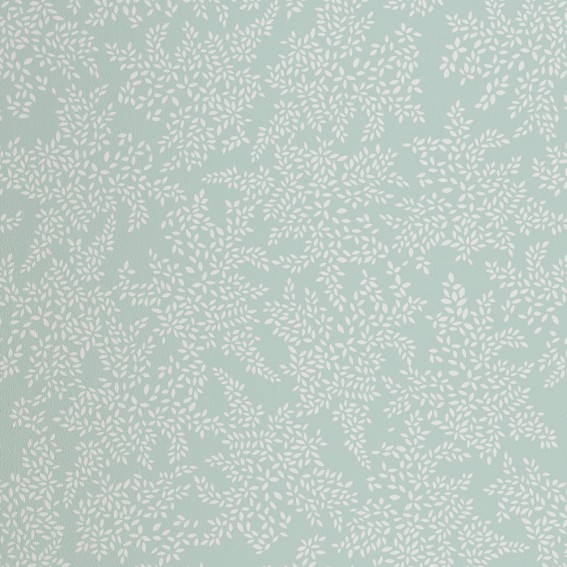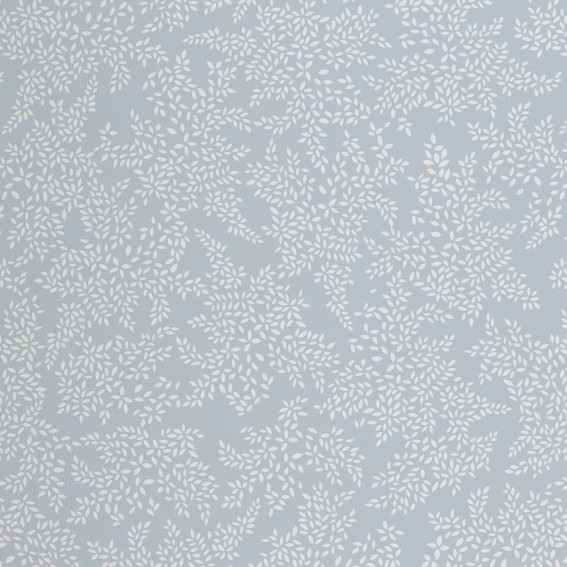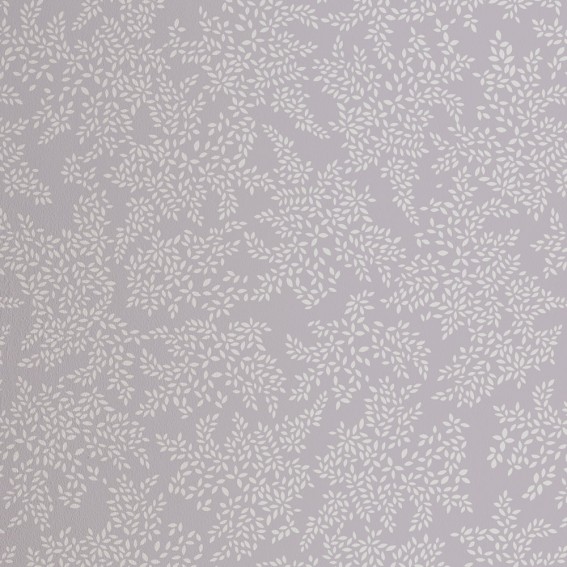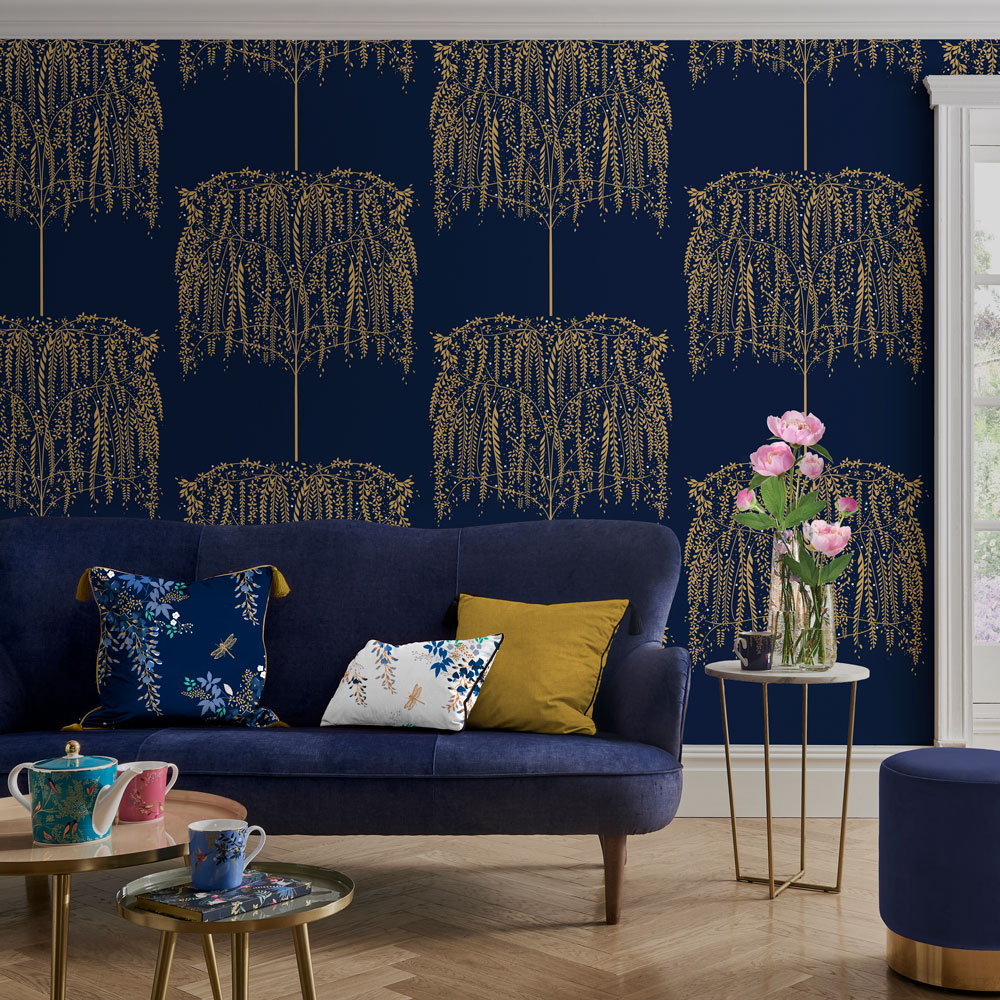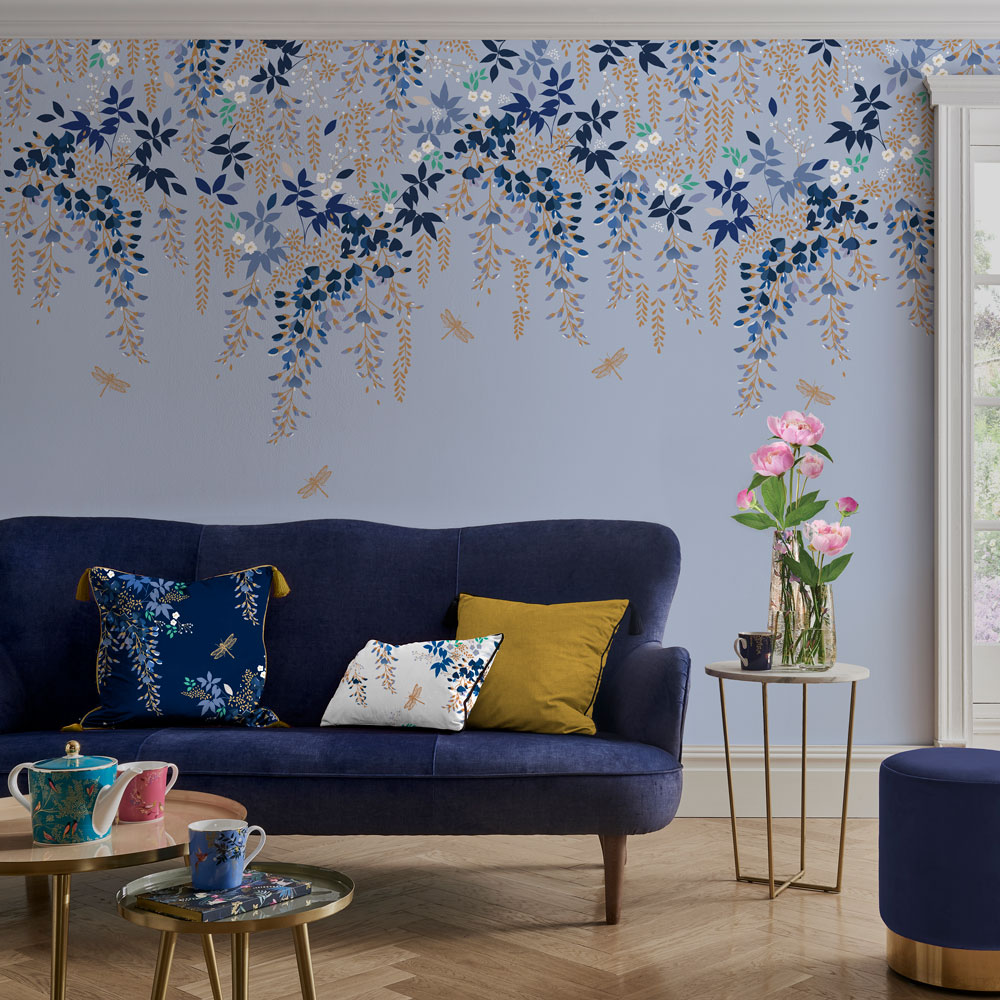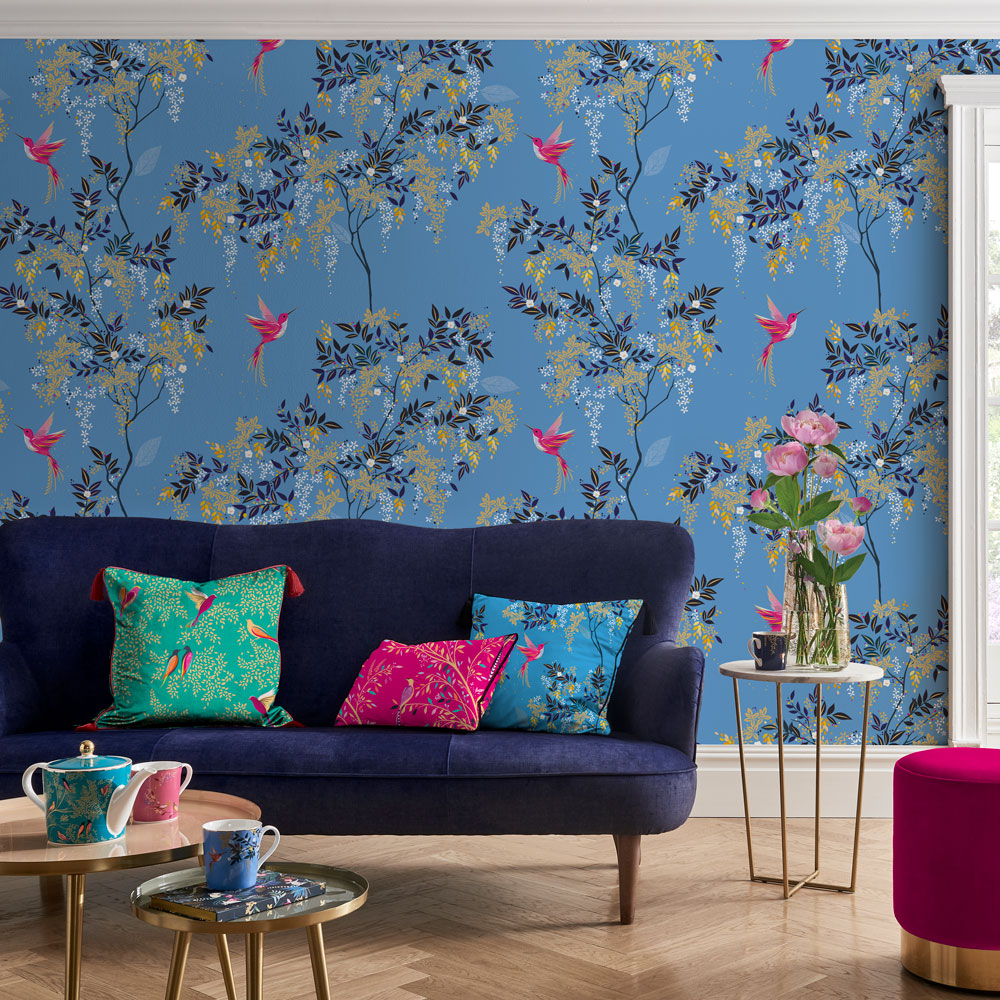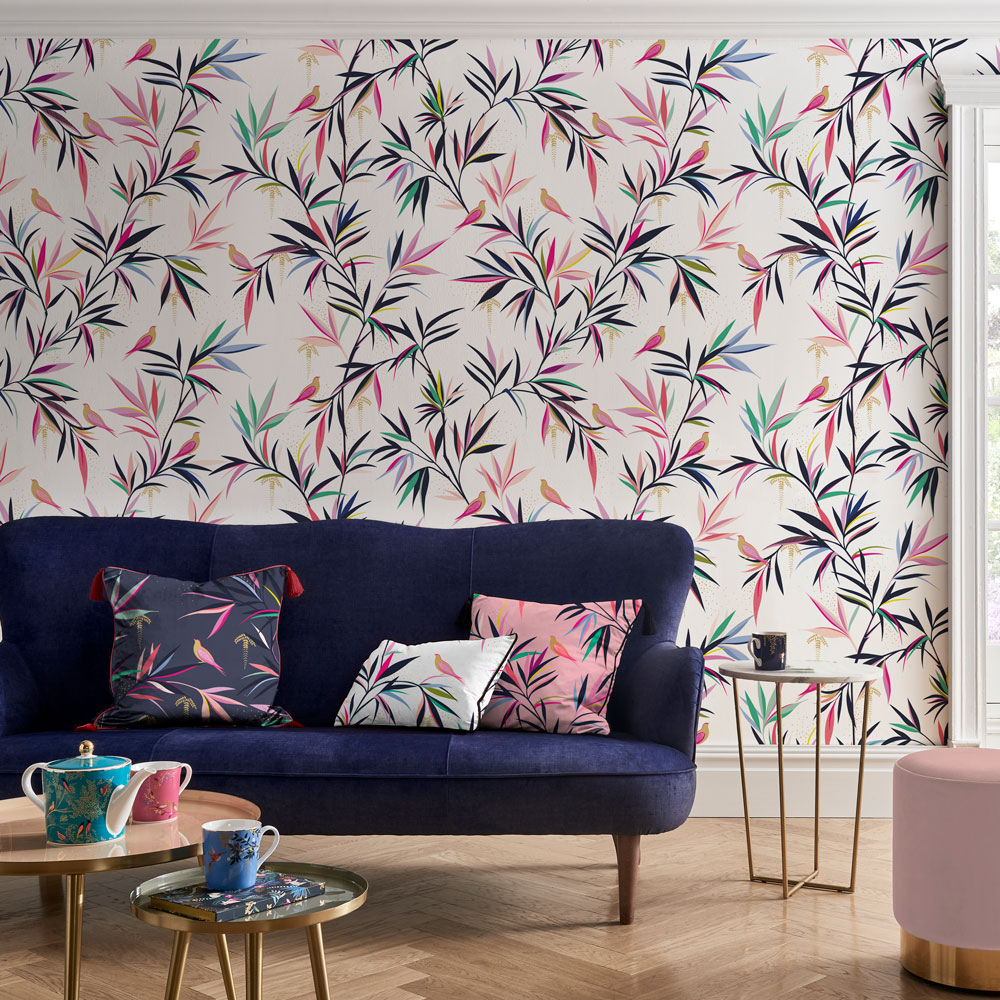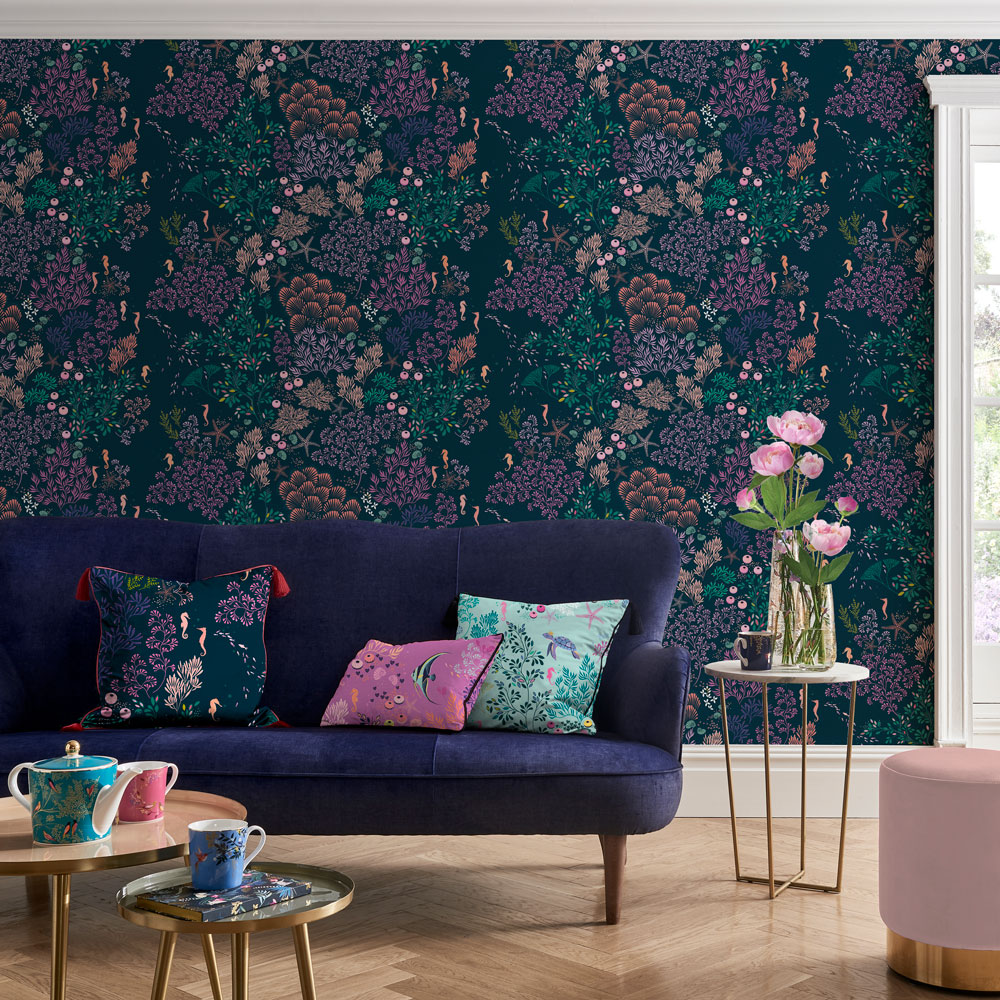We use cookies to make your experience better. To comply with the new e-Privacy directive, we need to ask for your consent to set the cookies. Learn more.
Wallpaper Buying Guide
Wallpaper is incredibly versatile and an instant way to transform the look and feel of your space.
Within our inspiring collection you’ll find everything from rich and vibrant statement prints to softer and more delicate hues, as well as bold and beautiful murals for feature walls, to eye-catching panel sets and simpler delicate prints with special metallic finishes, perfect for both contemporary and more traditionally designed homes.
Choosing Your Wallpaper
1. When choosing a wallpaper, it's best to order a sample and see how it looks on different walls and in different lights at different times of day. Also make sure you look at the paper in artificial light as it will look different to in natural daylight.
2. Take into account the size and nature of your space and the feel you are trying to create – for example dark spaces often benefit from warmer tones.
3. Choose something with a special finish like our metallics to bring extra light and reflection into your room.
4. Use a bold print within a panelled wall or divide the space with a dado rail and only wallpaper one half of the room for a more pared back look.
5. For a bold statement, divide your space with a dado rail and combine two different wall papers!
Alternative Uses for Wallpaper
Aside from its traditional use, there are plenty of creative ways to add an extra burst of colour to your home or to use-up any leftover wallpaper. From wallpapering bookshelves and creating draw liners, to renovating your wardrobe panels and the front facing of your staircase – there are so many ways to make sure your extra wallpaper doesn’t go to waste.
We encourage you to always order a sample before purchasing your chosen wallpaper so that you can see the true colour and determine whether it is suitable for your intended space.
Discover the full range in our wallpaper book.
How Much Do I Need?
To find out how much wallpaper you’ll need to know:
1. Your room height
2. The length of all the walls you are wanting to wallpaper (including any doors and windows)
How To Measure Your Room For Wallpaper
1. Use a tape measure to measure the height of your room from the floor (or top of skirting) to ceiling (or bottom of any coving), and the length of each wall from corner to corner to the nearest centimetre.
2. Include any windows and doors in your measurement. This will ensure you have the right amount to line up your repeat pattern and will give you the right amount of excess for trimming and any mistakes. You’ll end up ordering slightly more wallpaper than you need but you always want to measure for an extra 10%.
Take your height and the total width (all the wall lengths added together) and see the wallpaper calculator below to find out how many rolls you will need.
All of our wallpaper rolls measure 70 cm in width.

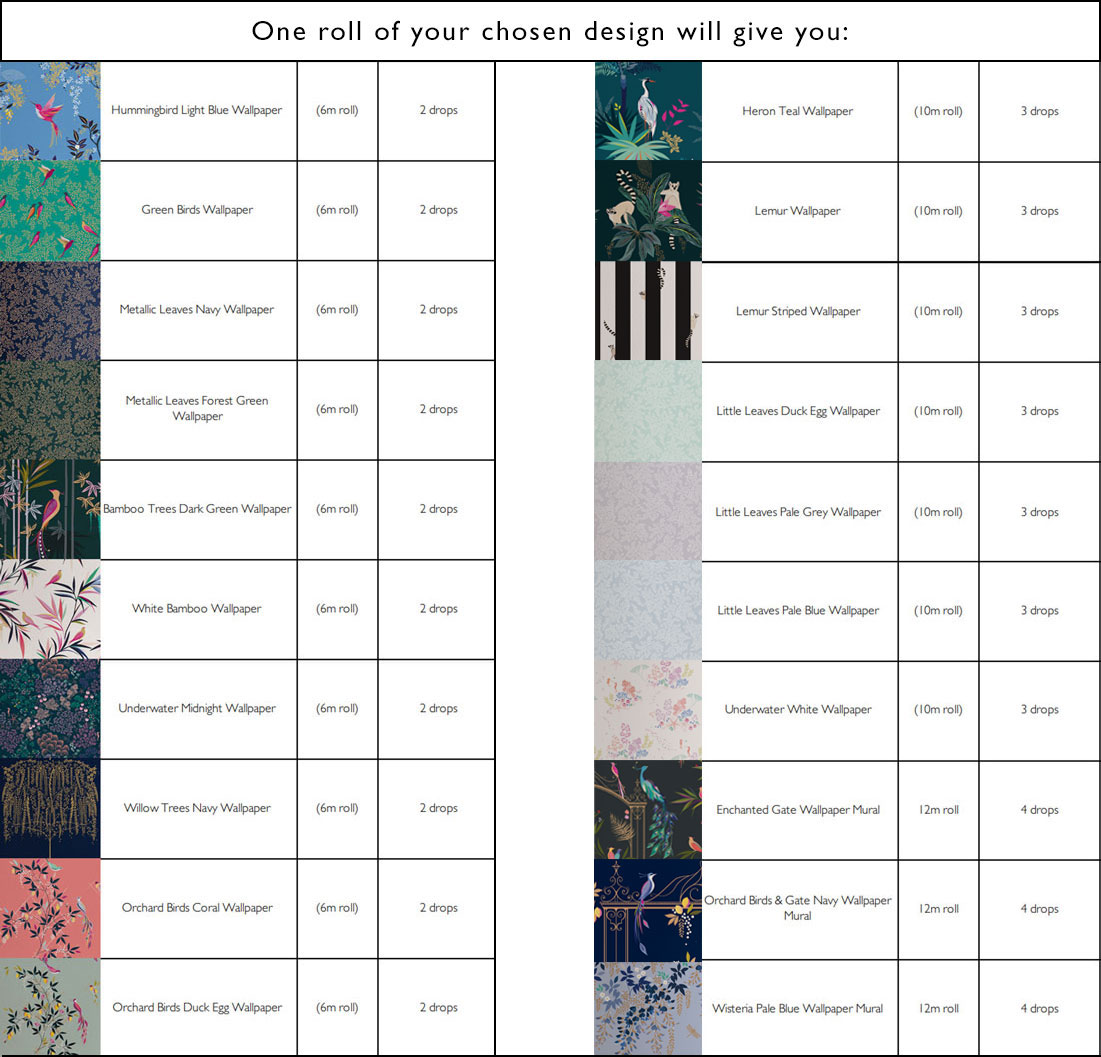
PLEASE NOTE: These calculations act as an approximate guide only and we always recommend asking your decorator for advice.
Important Delivery Information
Please note wallpaper is non-returnable and cannot be cancelled once ordered. Only complete the checkout process once you are happy with your selection. We recommend ordering a Sample before purchasing your wallpaper to get a true feel for its colour and finish.
Our wallpaper is dispatched from a separate warehouse via a specialist delivery service. All orders containing wallpaper will be subject to a £7.00 shipping fee. If your order contains any other item an additional shipping charge will be added to your order to cover shipping from an alternative warehouse and this item(s) will arrive separately. Free delivery is excluded from wallpaper orders. Unfortunately at this time we are unable to deliver wallpaper outside of the UK. Please allow 3-5 working days for wallpaper delivery.
Wallpaper Hanging Instructions
Please read the below instructions thoroughly and carefully before hanging your wallpaper.
- Make sure the wall is dry, clean and smooth.
- Remove any loose wallpaper particles and flaking paint from the wall.
- Rub down painted surfaces with sandpaper and wash with sugar soap, for example.
- Undercoat highly absorbent bases. The base must be uniformly neutral or white in colour.
- Use only a non-woven adhesive and apply it to the wall in an even layer with a roller. We recommend Halls Beeline Yellow Lid Wallpaper Adhesive (LINK).
- It is recommended that you paste between one and a maximum of three roll widths at a time.
- Please note that this wallpaper requires a smaller amount of adhesive than a paper wallpaper.
- Do not let the adhesive dry before the length is hung.
- Make sure the adhesive is not forced out from between the joints and onto the front surface, as this can cause changes to the surface. TOP TIP: Using a brush on cornices and skirtings will help keep surplus adhesive to a minimum.
- This wallpaper should be hung in a clockwise direction.
- The first length should be hung on the left-hand side of the wall.
- Make sure to hang the first length so that it is plumb (hung straight).
- Press the wallpaper firmly into position using a soft, clean paperhanger’s brush or a soft smoothing pad.
- Check carefully to ensure no air bubbles are present.
- Any adhesive on the front of the wallpaper can be removed with a soft, wet sponge.
- IMPORTANT: Do not rub! High heat or low humidity can cause the joints to open.
- Make sure your walls have a smooth surface before starting.
- Lining paper will help prevent your wallpaper from shrinking or wrinkling.
- Always use the correct paste as recommended by the manufacturer, as this will make the difference between successful hanging and a disappointing result. We recommend Halls Beeline Yellow Lid Wallpaper Adhesive (LINK).
- Make sure the design is hung in the correct direction; refer to your sample to see which way up the paper should go.
This information has been supplied in good faith but without guarantee. It is your responsibility that the environment is suitable for the wall covering and the site conditions are beyond Sara Miller London’s control.

